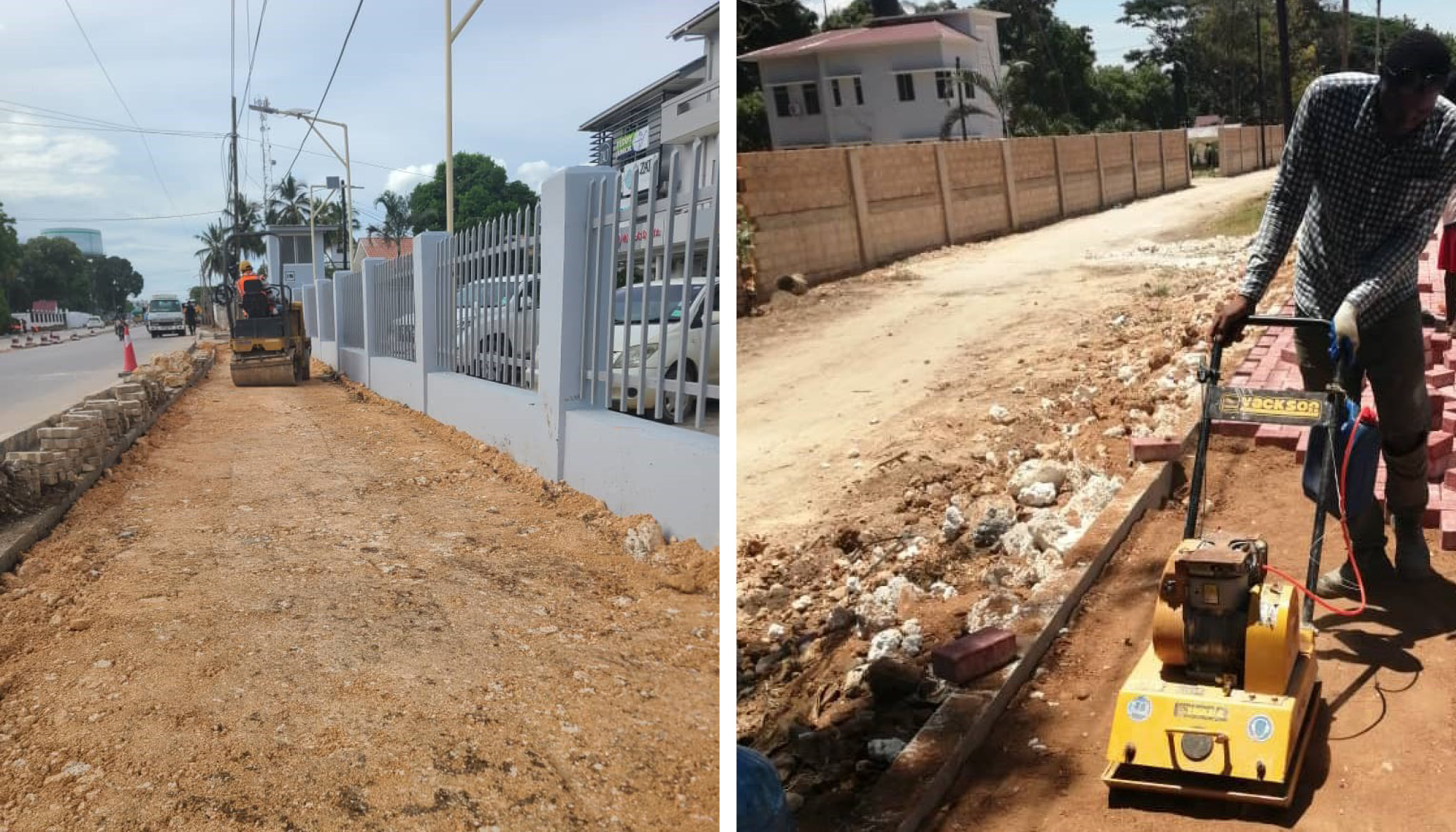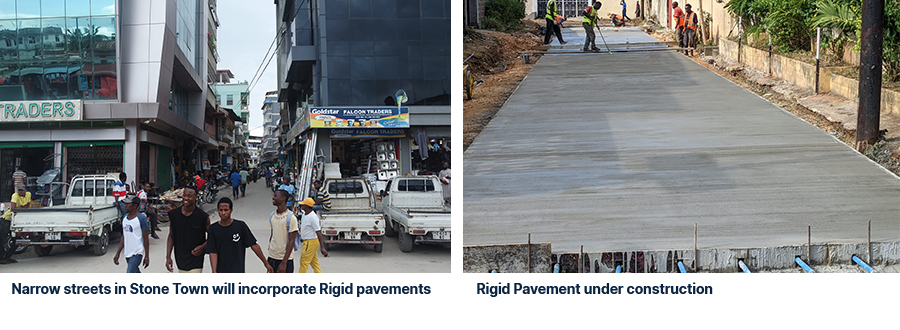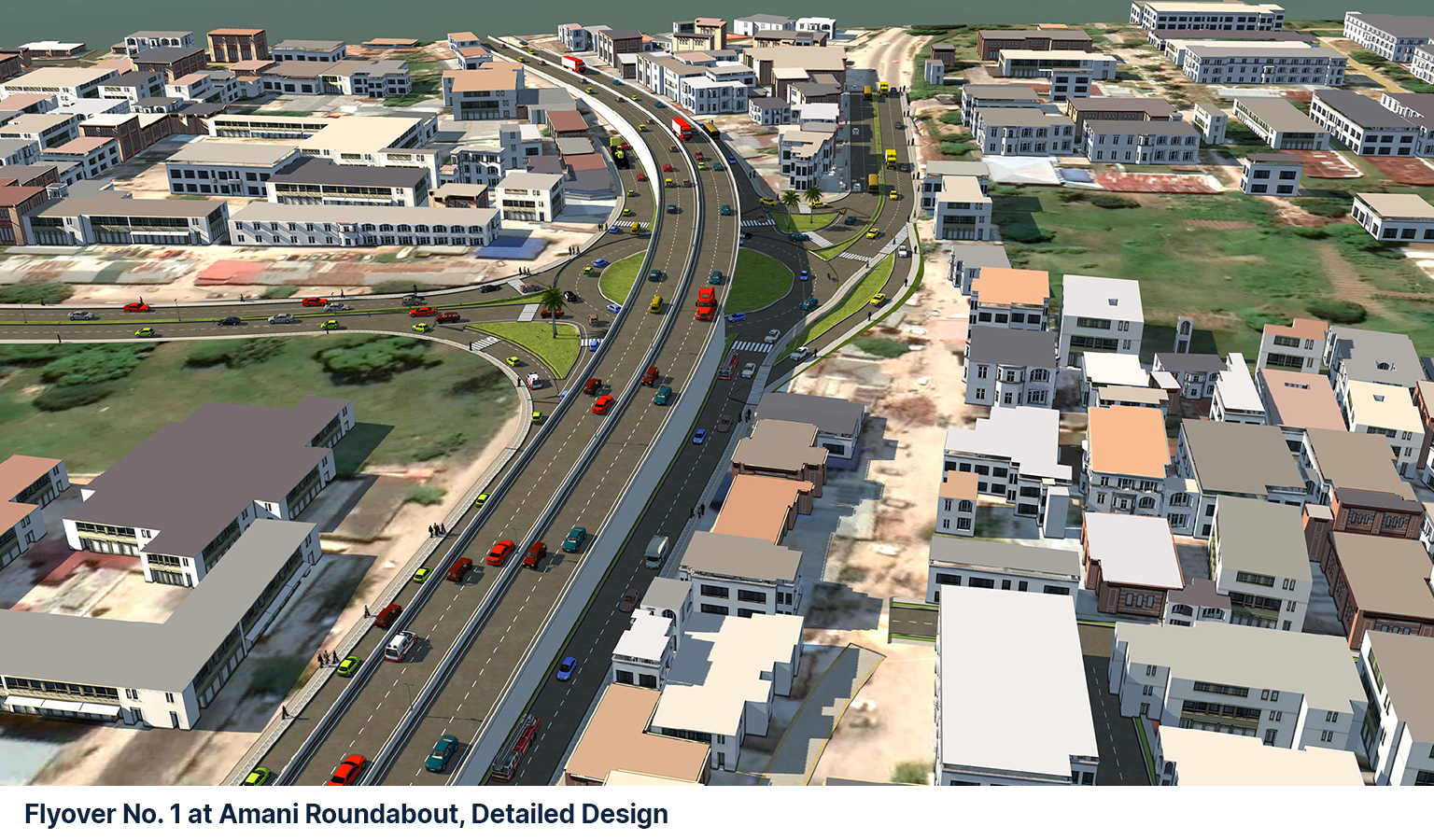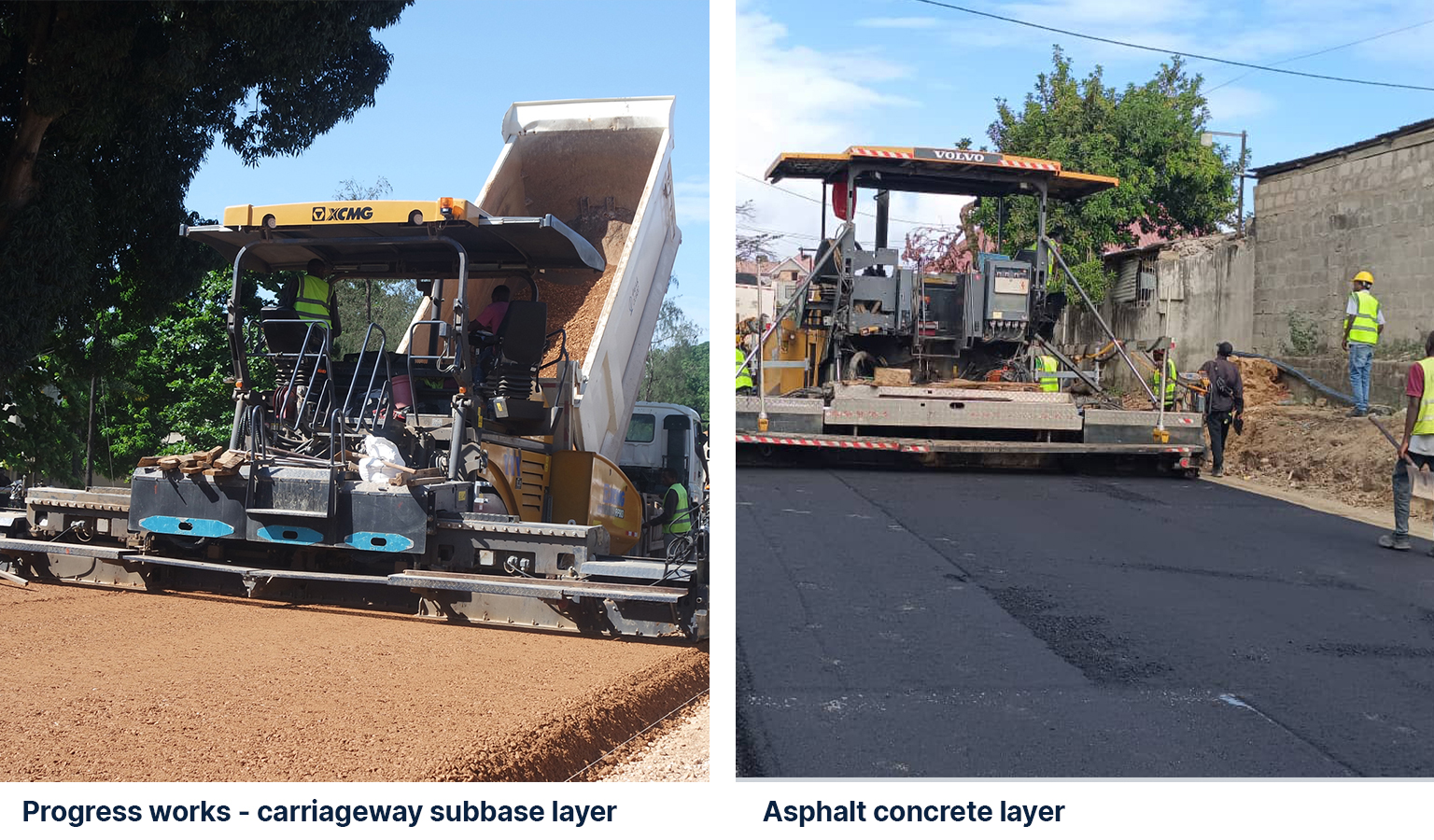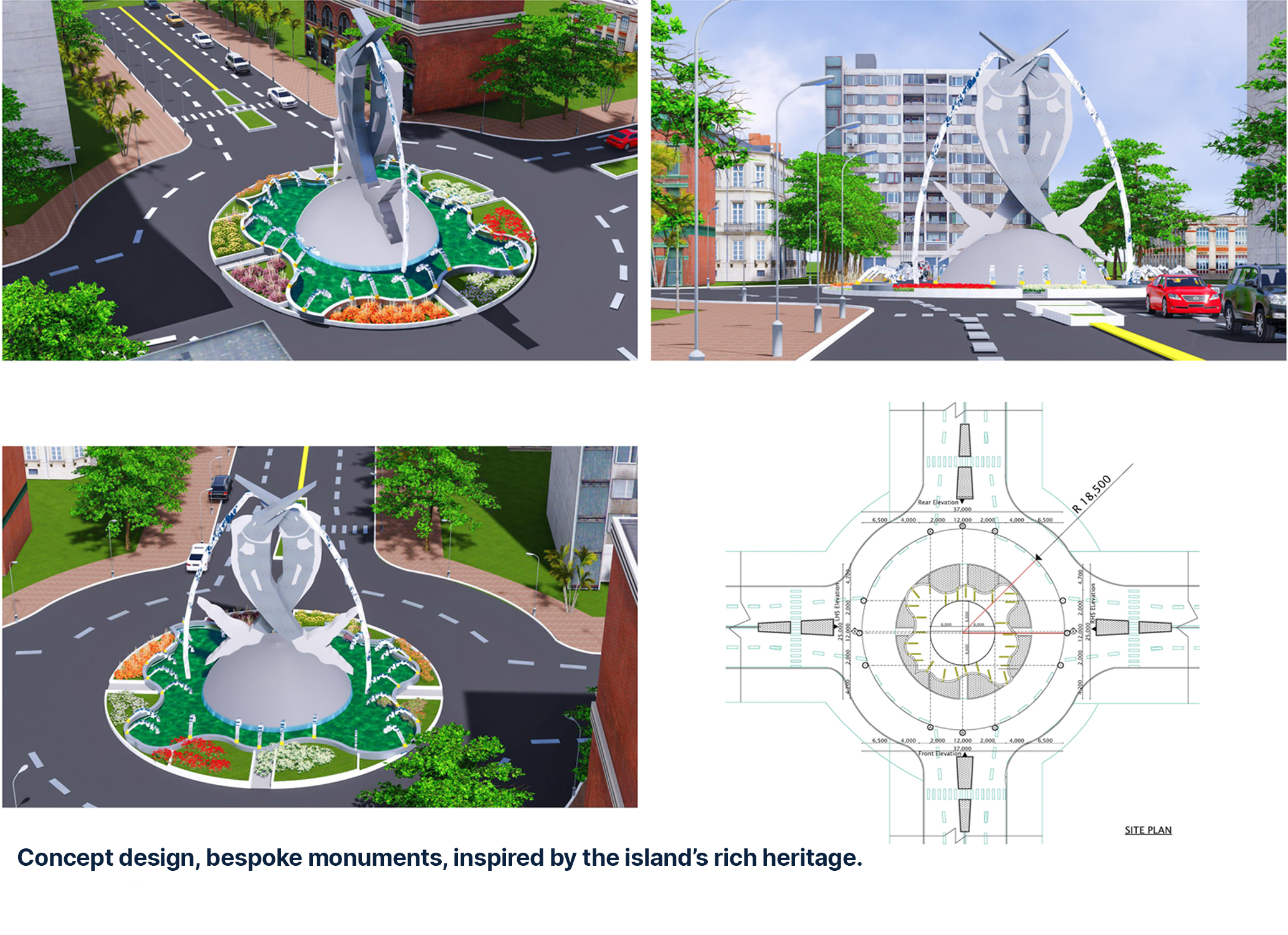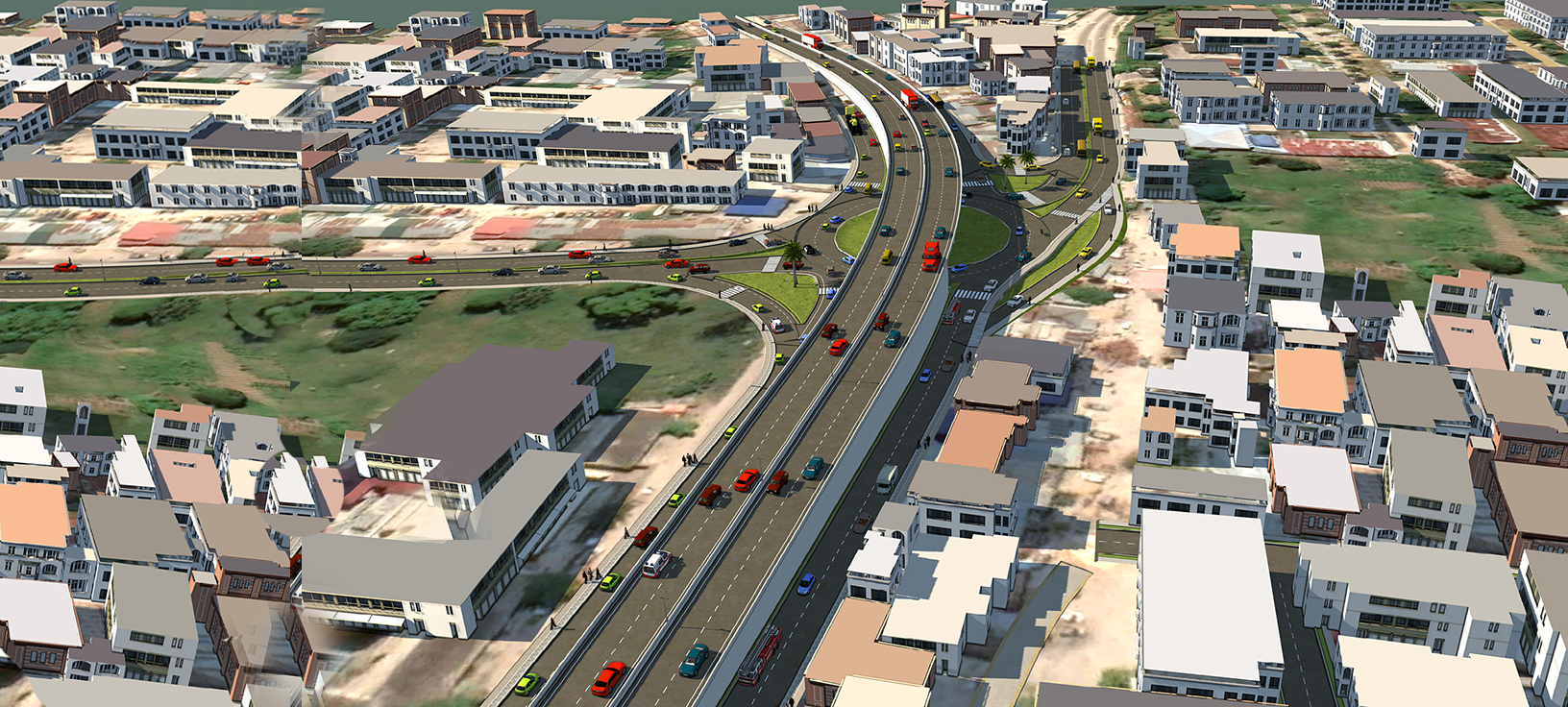
 Gabiro Agribusiness Hub: Planting Roots for an Agricultural Future
Gabiro Agribusiness Hub: Planting Roots for an Agricultural Future
In Rwanda’s Eastern province, the Gabiro Agribusiness Hub (GAH) is a project aiming to enhance agricultural productivity and efficiency whilst boosting food security.
 Infrastructure development in heritage settings: Lessons from Zanzibar
Infrastructure development in heritage settings: Lessons from Zanzibar
SMEC has been appointed to lead the engineering design to upgrade over 100 kilometres of urban roads in Zanzibar, a semi-autonomous region of the United Republic of Tanzania.
 Designing Tomorrow's Infrastructure Today: Circular Economy and BIM Collaboration
Designing Tomorrow's Infrastructure Today: Circular Economy and BIM Collaboration
The construction industry plays a considerable role in global energy consumption and energy-related carbon emissions, attributed to the manufacture of building materials and products. The current, linear ‘take-make-dispose’ model of resource consumption has led to environmental degradation and resource depletion.





